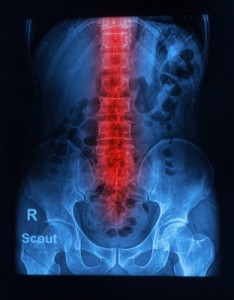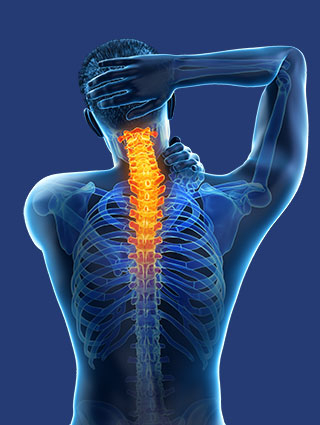 Unable to Return to Work and Now in More Pain
Unable to Return to Work and Now in More PainAre you considering having back surgery?
Have you already had back surgery and are still struggling with symptoms?
Research is now revealing that back surgery fails a startling 74% of the time!
In the study, researchers reviewed records from 1,450 patients in the Ohio Bureau of Workers’ Compensation database who had diagnoses of disc degeneration, disc herniation or radiculopathy, a nerve condition that causes tingling and weakness of the limbs. Half of the patients had surgery to fuse two or more vertebrae in hopes of curing low back pain. The other half had no surgery, even though they had comparable diagnoses.
After two years, just 26 percent of those who had surgery had actually returned to work. That’s compared to 67 percent of patients who didn’t have surgery. In what might be the most troubling study finding, researchers determined that there was a 41 percent increase in the use of painkillers, specifically opiates, in those who had surgery.
“The study provides clear evidence that for many patients, fusion surgeries designed to alleviate pain from degenerating discs don’t work”, says the study’s lead author Dr. Trang Nguyen, a researcher at the University of Cincinnati College of Medicine.
So 3 out of every 4 people who get back surgery were unable to return to work. And of those patients, nearly half of them are likely and more pain as we can see from the increased amount of painkillers that they are taking since the surgery.
Frequently, spinal pain will begin with an accident or injury to the head, neck or spine. These injuries will frequently lead to misalignments in the spinal column. The most common place for the spine, the misalignment is the upper neck. This is because the upper neck is the most movable and therefore the most vulnerable to injury.
When this upper neck area is misaligned it will throw off the delicate balance of the head and the neck. This will lead to head tilt. With as little as three quarters of a degree of tilt the brain will begin to make changes in the posture of the body.
These changes are a result of a reflex built into the brain to always keep the eyes and ears level with the horizon. Once the position of the head is changed the shoulders will begin to slightly tilt, then the hips and eventually it will result in muscular imbalances throughout the entire body and changes in posture from the head all the way down to the toes.
These resulting compensations from the original misalignment in the upper neck are frequently surgeons, physical therapists and general chiropractors focus.
An upper cervical specific chiropractor is focused on correcting this initial misalignment in the upper neck that is the root cause of these other postural changes.
These changes in posture can lead to symptoms of pain, sciatica and disc related problems, due to the uneven pressures that are applied to the discs, nerves and joints when the spine is not properly aligned.
Have you had surgery and are still having pain?
Are you considering surgery?
A natural alternative that addresses the root cause of your problem may be only a step away.
To schedule your NUCCA evaluation, click here.
Want to hear from people like you? Check out our reviews here.
Dr. Pete Tsiglieris of Advanced Spinal Care in Redwood City, California is an Upper Cervical Specialist trained by the National Upper Cervical Chiropractic Association (NUCCA). His upper cervical clinic also serves San Mateo, Palo Alto, Menlo Park, San Carlos, and Sunnyvale. They are uniquely trained to correct problems in the upper cervical spine (upper neck). This vital area is intimately connected to the central nervous system and problems in this area have been shown to be an underlying cause of a variety of different health problems, including migraines and other headaches, carpal tunnel syndrome, neck pain, back pain and shoulder pain and weakness. More information can be found on our website at https://bayareanuccacare.com/
REFERENCES:
To schedule a complimentary consultation call our Redwood City office at 650-595-0500 or you can also click the button below.
If you are outside of the local area, you can find an Upper Cervical Doctor near you at www.uppercervicalawareness.com

